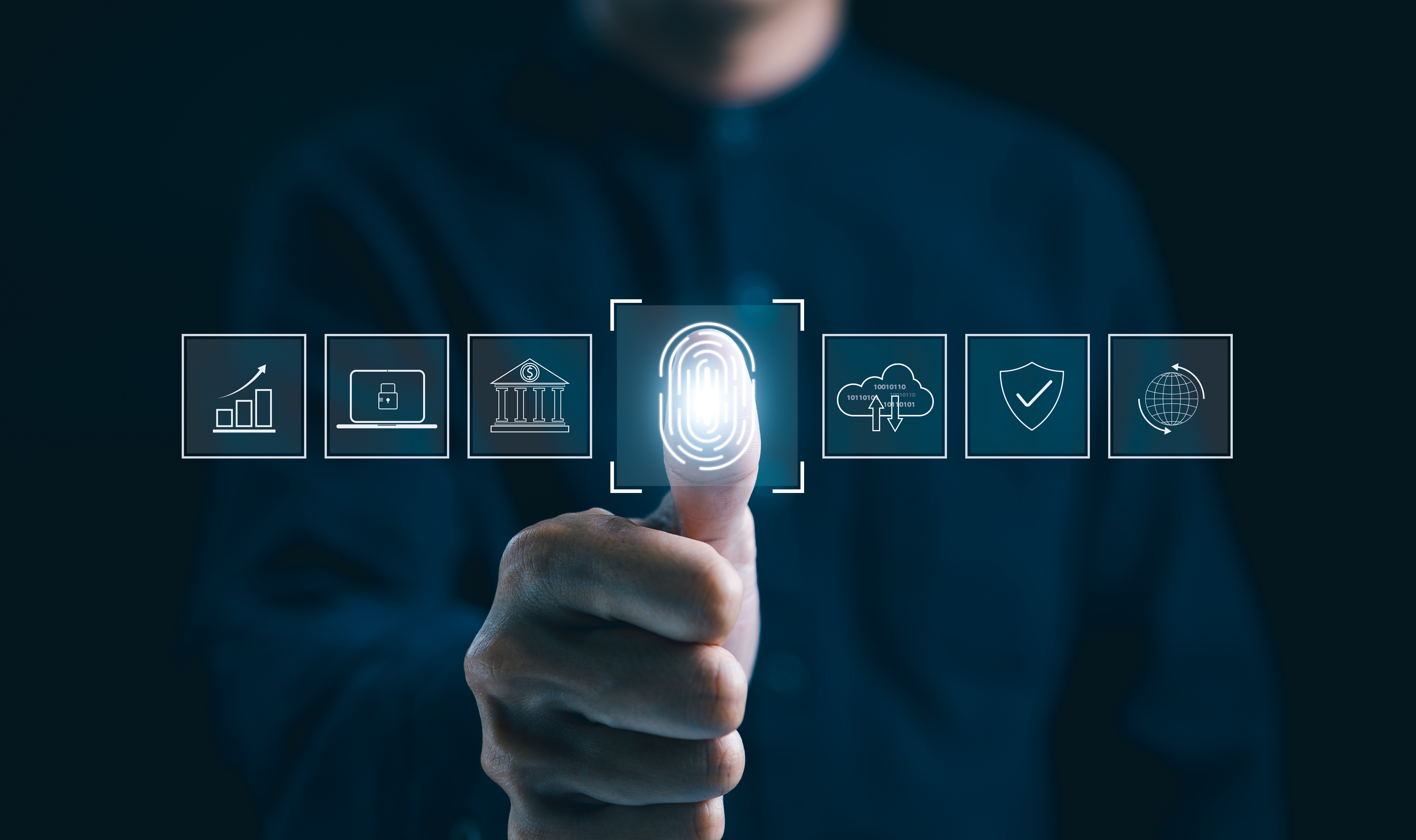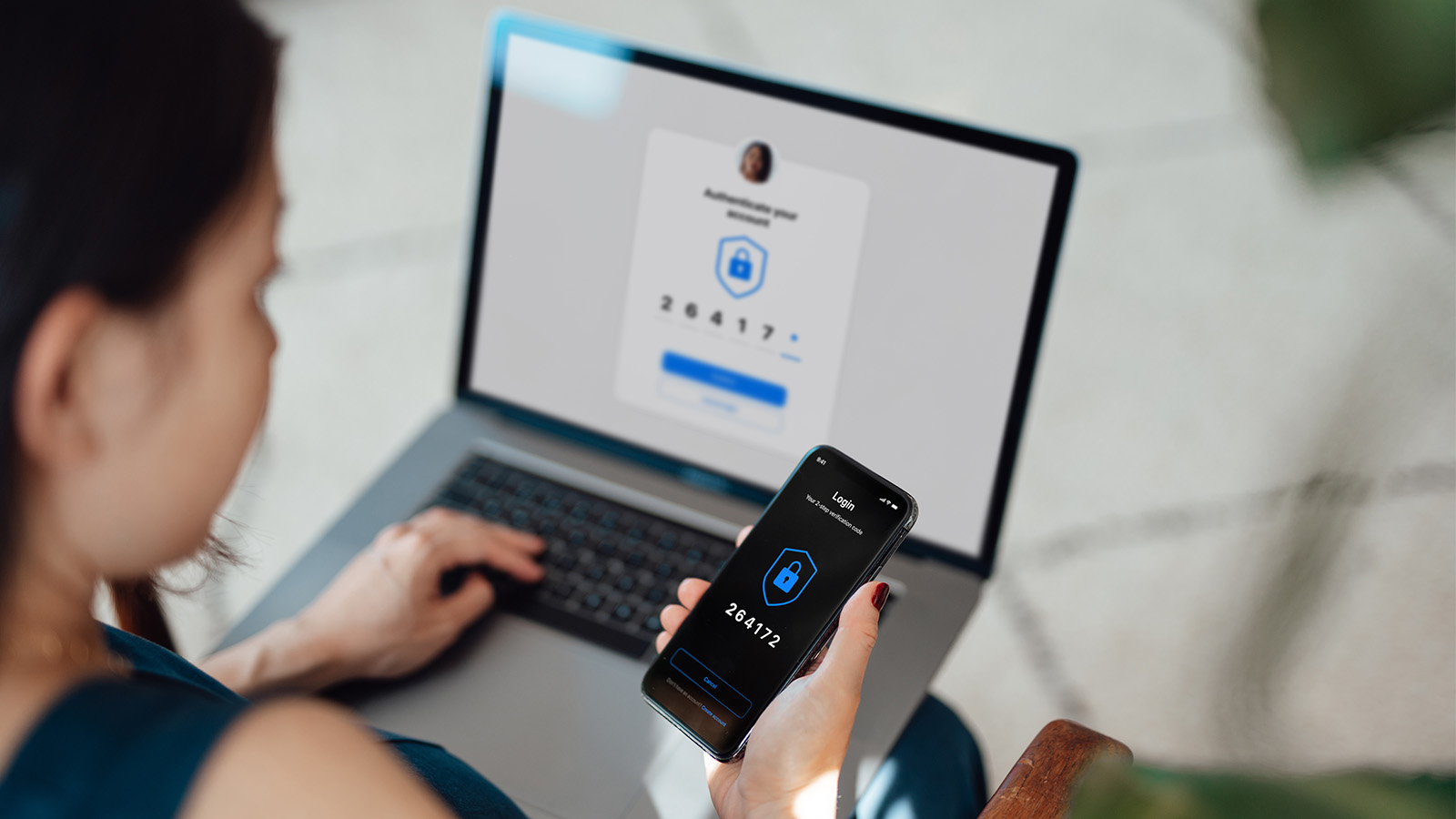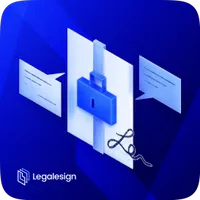Sponsored by Legalesign
5 ways documents can be authenticated in an AI era
Make sure your documents are safe by following these steps

In an era of AI where convincing forgeries can be generated in seconds, even a professionally formatted PDF or photo ID is no longer always enough to prove something is real.
Generative tools are being weaponised for synthetic identities, altered contracts, and spoofed regulatory documents, eroding trust in how organisations share and sign information.
Yet the answer is not to distrust every file, but to strengthen how we verify it, including by using tools available to us because of the AI boom.
Today, we're going to outline five practical ways to authenticate documents that apply to most businesses, and how to combine them to keep human, legal, and business decisions on solid ground.

Use Legalesign Certification for practical and affordable document tamper-proofing.
<p>As AI blurs the line between real and fake, IT and compliance leaders know tamper-proof document authentication is becoming an urgent priority to protect organisational integrity.<p>Legalesign Certification makes proof effortless — certifying and locking forms, contracts, and agreements against tampering with clear, verifiable audit trails. <p>It’s an enterprise-ready, drop-in tool that fits existing workflows to the highest security and compliance standards.The authentication challenge in the AI-era
The task of proving a document’s authenticity has become far more complex in recent years, as what was once a straightforward process of checking a paper record or scanned ID now demands more thought.
Generative AI has fuelled a surge in realistic document manipulation, from synthetic identities and forged contracts to altered bank statements and fake regulatory filings.
The same tech that makes AI helpful for productivity and automation has also lowered the barrier for bad actors to create convincing fakes.
Traditional methods such as visual inspection, static watermarks, and manual metadata checks no longer provide sufficient assurance. Deepfakes, cloned signatures, and AI-assisted image synthesis can now bypass even advanced document-scanning systems.
The risks extend well beyond financial loss. Businesses face compliance penalties and reputational harm if falsified documents enter their workflows, while individuals may suffer identity theft or long-term credit damage.
In this environment, authentication can no longer be treated as an afterthought: it must become a foundational element of digital trust.

Digital signatures and hashing
A dependable way to verify a document’s integrity is through cryptographic hashing combined with a digital signature.
When a file is signed, a unique hash – basically a digital fingerprint created using an algorithm such as SHA-256 – is produced. Any alteration, even a single character, changes the hash entirely, signalling tampering.
Digital signatures extend this by confirming both the content and the signer. They use public key infrastructure, where a private key signs and a public key verifies, ensuring it hasn’t been modified and that the signatory is authentic.
Businesses can streamline compliance and improve security by using established providers such as Adobe Acrobat Sign or DocuSign, many of which now include tamper-evident audit trails and identity verification.
Still, these systems are not flawless: poor key management can compromise entire trust chains, and while hashing proves integrity, it doesn’t confirm that the original content was genuine.
Blockchain anchoring
Blockchain offers a powerful way to prove that a document existed at a specific time and has not been altered since. Rather than storing the document itself, most systems record its cryptographic hash on a distributed ledger.
This approach is increasingly used by legal, financial, and supply chain platforms that rely on unchangeable records. Storing hashes across multiple "nodes" ensures there is no single point of failure or authority.
However, blockchain-based authentication has practical limits. Not all blockchains are energy-efficient or cost-effective, and verification can be complex for non-technical users.
For most organizations, blockchain works best as an additional validation layer alongside digital signatures and audit trails, not as a replacement.

Identity and biometric verification
Authenticating a document depends as much on confirming who issued it as on validating its content. Identity verification, biometric checks, and metadata analysis together help expose synthetic identities and subtle manipulations that visual inspection might miss.
Modern systems combine multiple factors, including government ID scans, live facial recognition, and device analysis, to confirm that a signer or uploader is genuine.
Biometric tools like facial matching, fingerprint scanning, and voice recognition have improved significantly, supported by AI-driven anti-spoofing systems that detect deepfakes.
Metadata provides further assurance by revealing when and how a file was created, edited, or shared. Automated metadata analysis is now standard in regulated sectors like banking and healthcare.
However, these techniques are not infallible. Attackers can still spoof biometrics or remove metadata, and privacy laws restrict how personal data is stored.
AI-based tamper detection
As AI drives the creation of forged documents, it is also becoming one of the strongest tools against them.
Machine learning models can analyze text, layout, and metadata patterns at massive scale, detecting irregularities that human reviewers might miss.
Trained on large datasets of authentic files, these systems flag anomalies in formatting, phrasing, or digital signatures that may suggest tampering.
This approach is especially valuable in sectors such as finance and insurance, where thousands of documents need verification daily.
Automated tools can prioritise suspicious files for manual review and even assess whether a document’s content matches its context, such as confirming that a contract aligns with related correspondence.
Provenance and audit trails
Authenticity is not only about proving a document hasn’t been altered – it’s also about knowing where it came from and how it has evolved.
Provenance tracking and audit-trail systems achieve this by recording a document’s entire lifecycle, from creation to approval and distribution.
Modern document platforms now feature audit trails that log every action with timestamps and user details, creating a verifiable chain of custody.
Cloud-based tools such as Microsoft 365 and Google Workspace increasingly offer immutable audit logs and integration with signature services.
However, these systems rely on secure management and disciplined use – a compromised platform or off-channel edits can weaken integrity.
How to choose the right authentication method in 2025
It's worth remembering that no single method can fully protect you or your organization against forgery in the AI era.
The strongest defense comes from layering techniques: combining digital signatures, blockchain anchoring, identity verification, AI detection, and provenance tracking.
When selecting the right mix, organizations should weigh document sensitivity, regulatory demands, and risk appetite.
High-value files such as contracts or financial statements require multi-factor verification, while internal materials may need lighter controls.
By viewing authentication as a continuous process rather than a one-off step, organizations can stay ahead of evolving AI threats and preserve confidence in every document they create and exchange.
Sign up to the TechRadar Pro newsletter to get all the top news, opinion, features and guidance your business needs to succeed!
Max Slater-Robins has been writing about technology for nearly a decade at various outlets, covering the rise of the technology giants, trends in enterprise and SaaS companies, and much more besides. Originally from Suffolk, he currently lives in London and likes a good night out and walks in the countryside.
